Types of art techniques There is no exact definition of what constitutes art. Artists have explored many styles and have used many different techniques to create art.[1][2][3]
Art techniques
[edit]A
[edit]
- Airbrushing technique
- Aerial perspective technique
- Acrylic painting techniques
- Aging (artwork) technique
- Aquatint
- Assemblage (art) technique
- Animation (digital art)
B
[edit]C
[edit]
- Camaïeu technique
- Cast paper
- Ceramic forming techniques
- Cerography
- Champlevé
- Chiaroscuro technique
- Cloisonné
- Collage
- Contour drawing technique
- Contour rivalry
- Crosshatching
D
[edit]

- Dalle de verre
- Décollage technique
- Digital painting technique
- Distressing technique
- Divisionism technique
- Drip painting
- Droste effect
- Drybrush
- Dye-sublimation technique
E
[edit]- Embossing technique
- Encaustic (hot wax) painting technique
- En résille enameling technique
- Etching technique
F
[edit]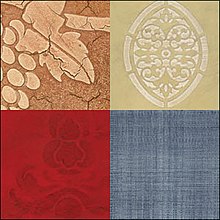
G
[edit]
H
[edit]I
[edit]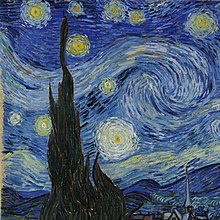
J
[edit]K
[edit]L
[edit]M
[edit]
N
[edit]O
[edit]P
[edit]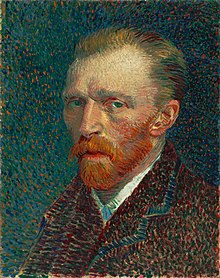
- Paint by number
- Paper craft
- Pholage artistic technique
- Plique-à-jour enameling technique
- Pointillé technique
- Pointillism
- Pouncing technique
- Pencil shading
Q
[edit]R
[edit]- Rapid visualization graphic artist technique
- Relief art technique
- Relief printing technique
- Repoussé and chasing technique
- Resin art technique
- Rubbing (art)
S
[edit]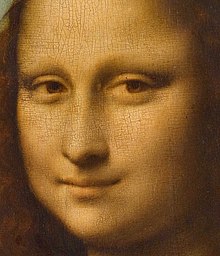
- Scratchitti graffiti
- Scratchboard
- Screen printing technique
- Screentone texture technique
- Sfumato technique
- Shading
- Sgraffito technique
- Soft sculpture
- Spray painting technique
- stippling
- still life
T
[edit]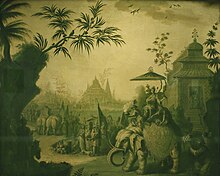
U
[edit]V
[edit]W
[edit]
- Watercolor painting
- Welded sculpture technique
- Wet-on-wet
- Wire sculpture
- Wood engraving technique
- Woodblock printing (Moku hanga) technique
X
[edit]Y
[edit]Z
[edit]See also
[edit]- Art movement
- Creativity techniques
- Hockney–Falco thesis
- Kalliroscope
- List of art media
- List of artistic media
- List of art movements
- List of most expensive paintings
- List of most expensive sculptures
- List of sculptors
References
[edit]- ^ Stephen Davies (1991). Definitions of Art. Cornell University Press. ISBN 978-0-8014-9794-0.
- ^ Robert Stecker (1997). Artworks: Definition, Meaning, Value. Pennsylvania State University Press. ISBN 978-0-271-01596-5.
- ^ Noël Carroll, ed. (2000). Theories of Art Today. University of Wisconsin Press. ISBN 978-0-299-16354-9.
- ^ Naifeh, Steven, 1952- (2011). Van Gogh : the life. Smith, Gregory White. (1st ed.). New York: Random House. ISBN 9781588360472. OCLC 763401387.
{{cite book}}: CS1 maint: multiple names: authors list (link) CS1 maint: numeric names: authors list (link)
Well, that’s interesting to know that Psilotum nudum are known as whisk ferns. Psilotum nudum is the commoner species of the two. While the P. flaccidum is a rare species and is found in the tropical islands. Both the species are usually epiphytic in habit and grow upon tree ferns. These species may also be terrestrial and grow in humus or in the crevices of the rocks.
View the detailed Guide of Psilotum nudum: Detailed Study Of Psilotum Nudum (Whisk Fern), Classification, Anatomy, Reproduction